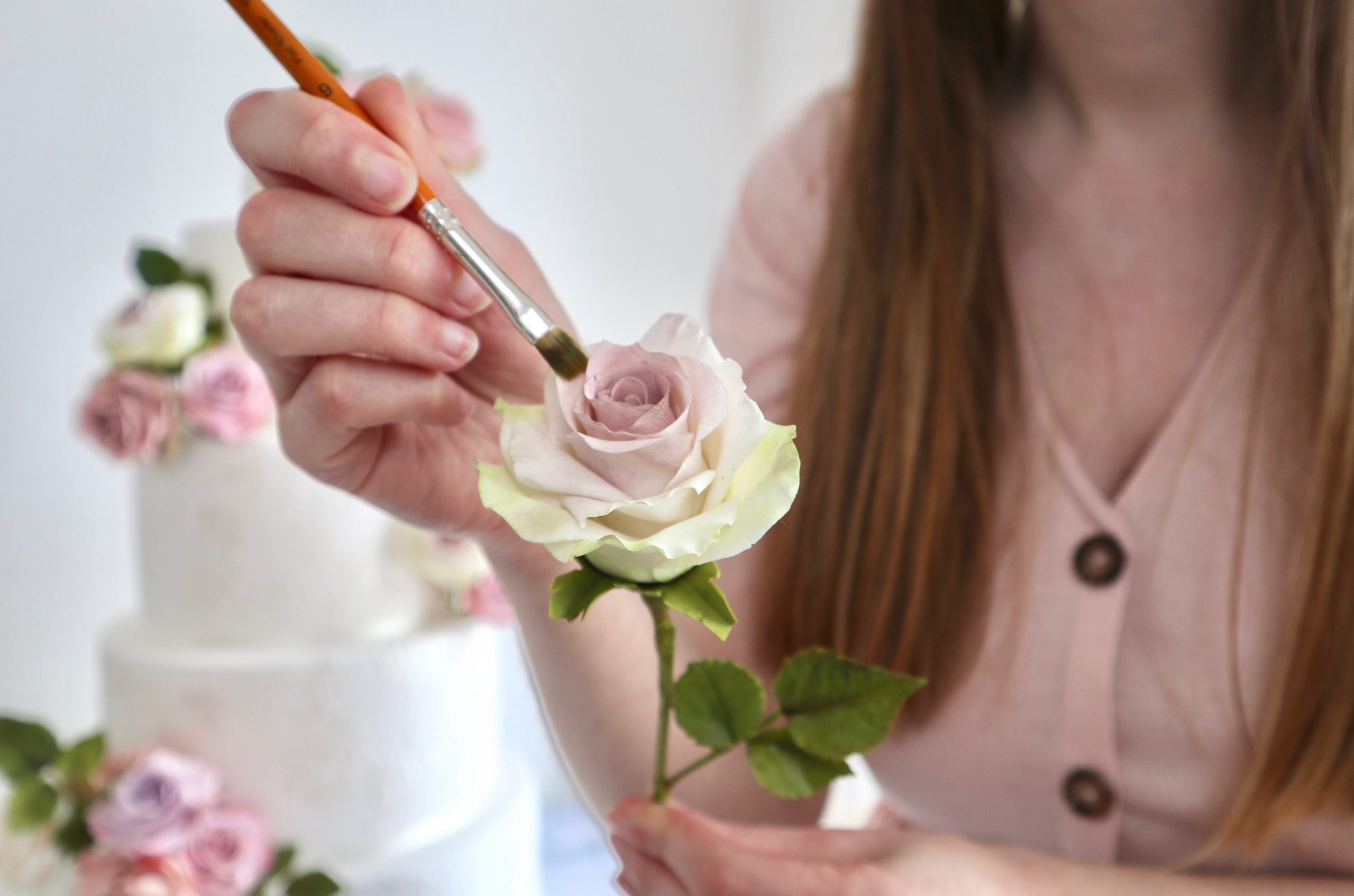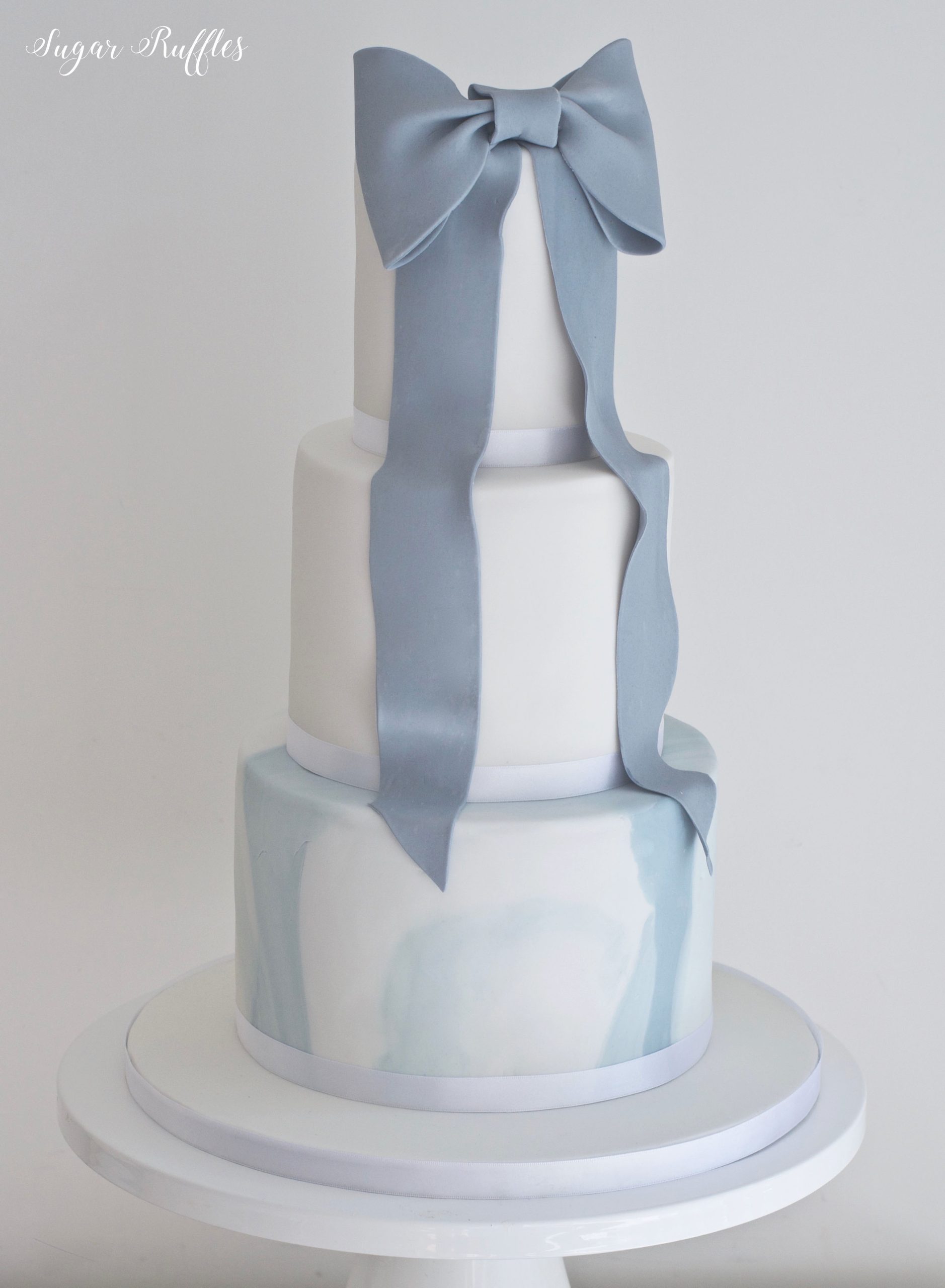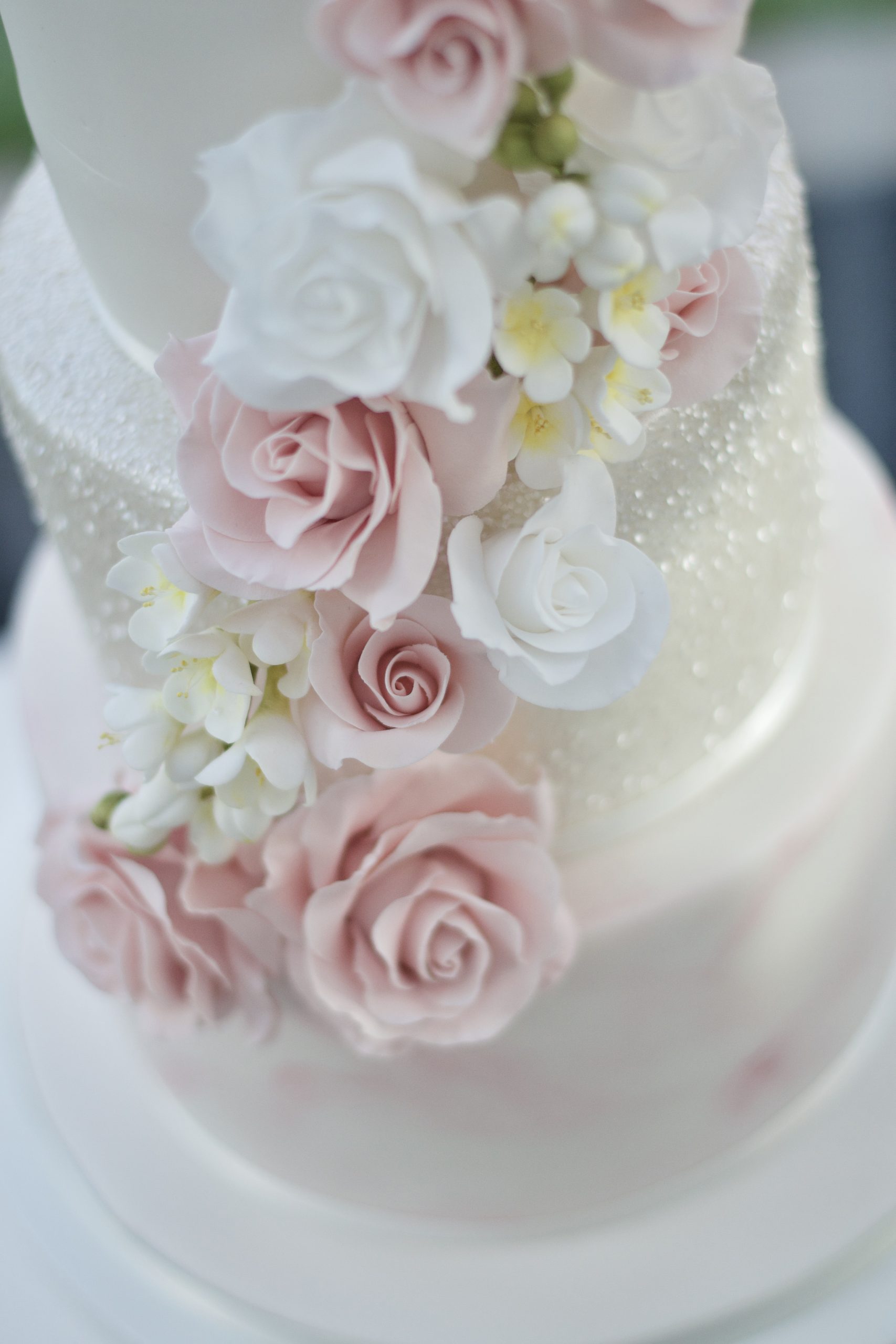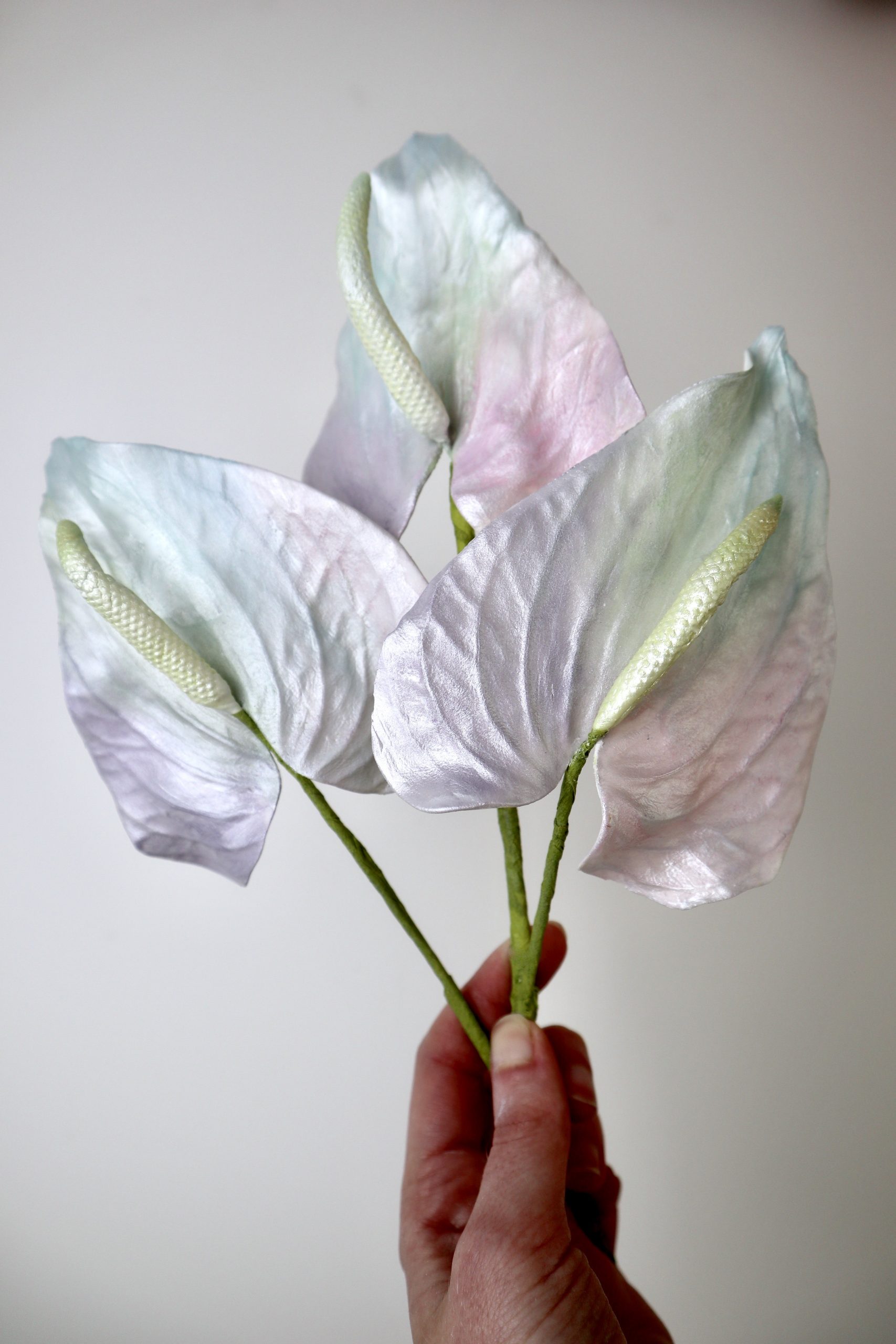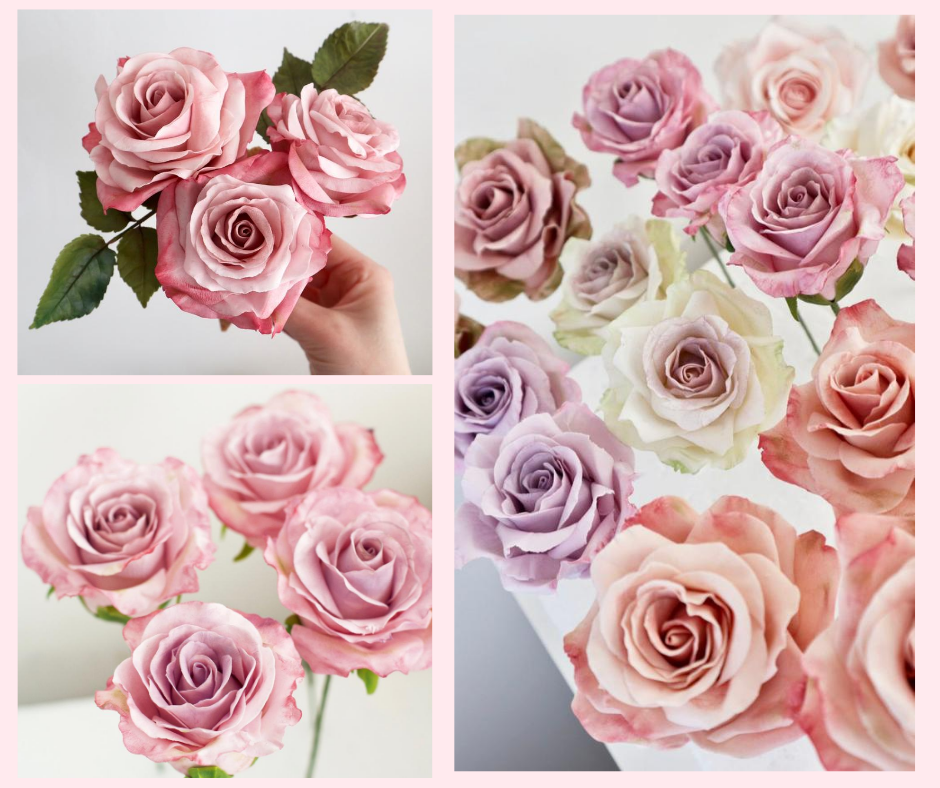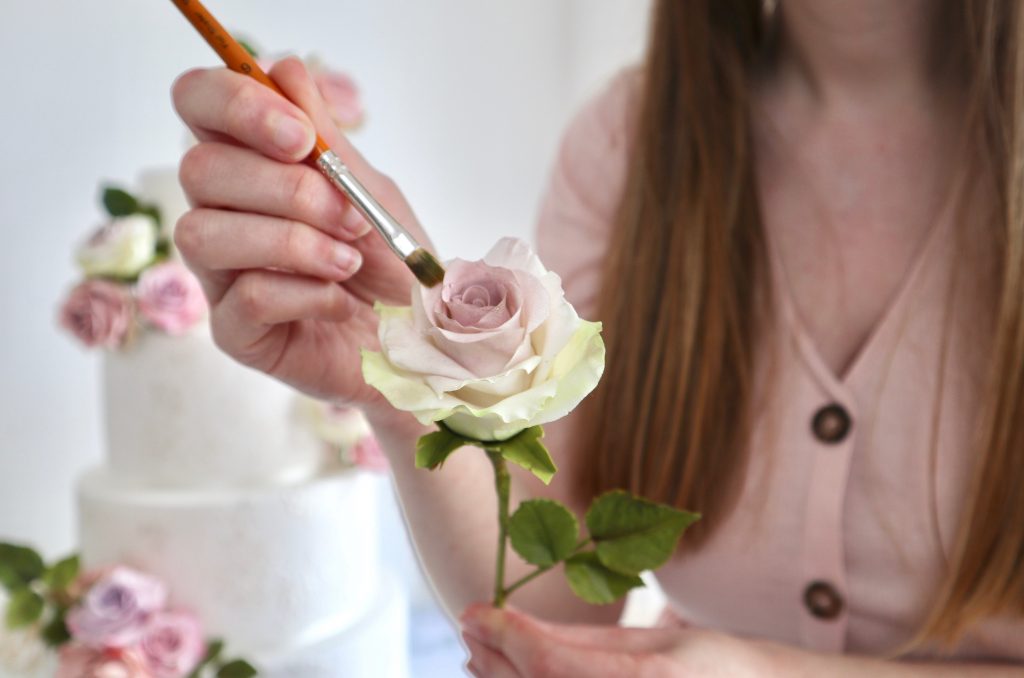
Sugar Craft Dusts Explained
Do you know your petal dust from your blossom tint? What exactly is the difference between pearl dust and lustre dust? Is glitter dust edible?
I’m breaking it all down here today, so you’ll know exactly which dust to use on sugar flowers, which dust will give you a metallic finish for edible jewellery and which dust you can use to paint a light- catching shimmer onto your cakes. In my ‘petal dusts explained’ guide
So let’s take a look at all those different types of sugar craft dusts and how they can be used in my ‘sugar craft dusts explained’ guide….
Petal Dust (also know as Blossom Tint)
Petal dust has a matte finish and is used to decorate sugar flowers. You can apply petal dusts with a dry brush for natural looking detail or you can mix with Rejuvenator Fluid to make an edible liquid paint. You can mix petal dust with white to create lighter shades. and mix with other petal dusts to create a wide range of shades.
Pearl dust
Pearl dust gives a sparkly, pearlescent finish with just a hint of colour. Pearl dust can be mixed with petal dust to create a shimmer. You can mix it with Rejuvenator Fluid to make a sugarcraft paint or use it dry.
Lustre Dust (also know as Luster Dust)
Lustre dust comes in a variety of subtle colours and produces a beautiful and light catching lustre effect and a shine. You can mix it with white lustre dust for paler shades and mix with Rejuvenator Fluid to produce an edible liquid paint that you can brush directly on to icing.
Highlighter Dust
Highlighter dust gives a high-sheen, metallic finish. Highlighter Dusts are available in several different metallic colours and shades, some of which also offer a sparkle finish. Highlighter Dusts can be dry brushed directly on to your decorations or mixed with rejuvenator spirit to form a paint.
Sparkle Dust (also know as Glitter Dust)
Sparkle dust produces a metallic glitter sparkle. The sparkly grains are larger than the finer powders of the pearl and lustre dusts. You can mix it with Rejuvenator Fluid to make a sugarcraft paint or use it dry. It can be used on sugar flowers that require a sparkly finish to the petals.
Disco Dust (also know as Decorating Glitter)
Disco dust has the largest grains of all the dusts. The grains are about the size of pieces of glitter. Disco dust is not a subtle sparkle, it has a highly glittery finish. Be careful to look at labels on disco dusts and glitters to determine whether they are edible or classed as non-edble, non-toxic food contact glitters, in which case they should not be used directly on decorations intended to for consumption.
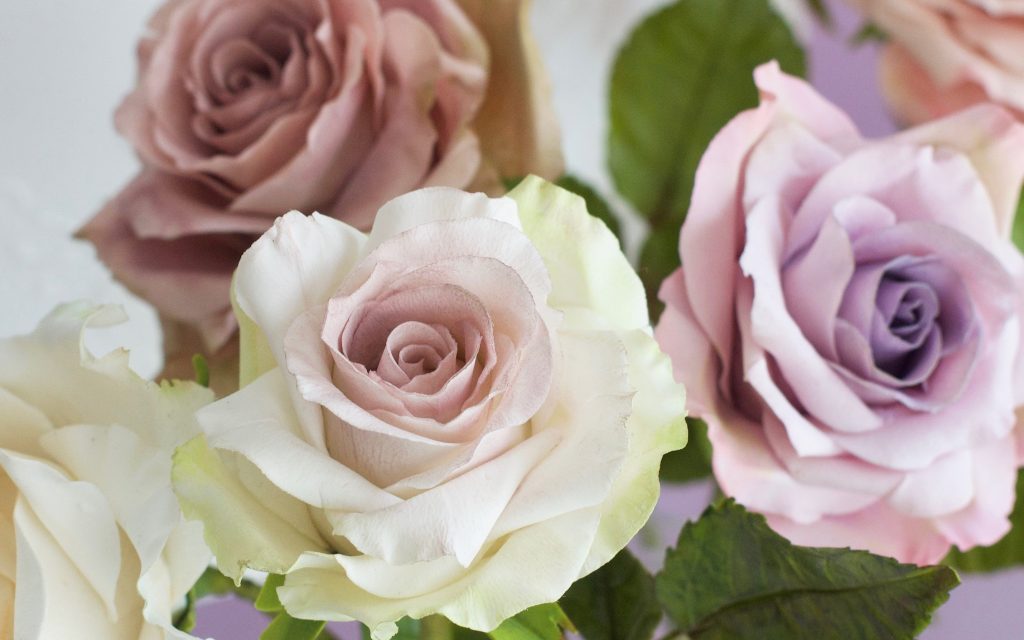
Keep a look out for my guide to organising your petal dusts which will be coming to the blog very soon. I’m going to show you how to organise your dusts into categories so that you always have all the colours you need at hand, when creating your sugar flowers. You can sign up to our newsletter here be the first to hear when new posts go live. Also you can check out my wax flower tutorial here, to see some petal dusts in action.
